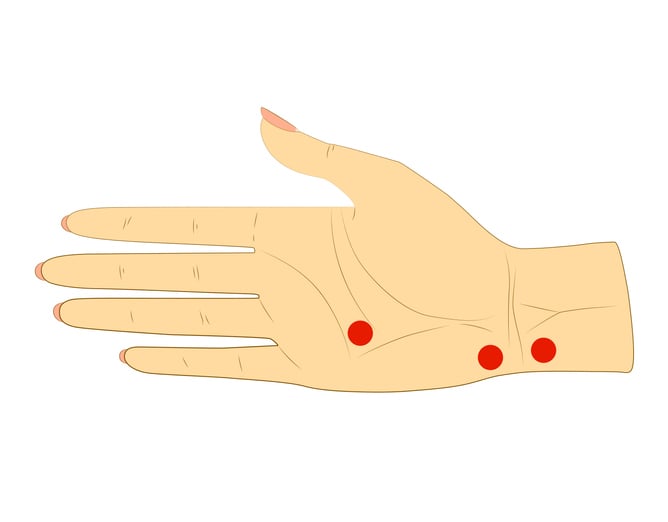I've often said that every sale is made emotionally then justified financially. I'm not suggesting emotions as in someone crying on the couch with a box of tissues, but rather emotional motivation. Ask yourself, what is your customer dedicated to? What are they concerned with? Where are their time and effort invested?

Let’s say you’re selling a lighting upgrade. People don’t wake up these days thinking, “Boy, I hope somebody sets up a video conference with me, then boots up a PowerPoint presentation with a hundred slides about how I'm going to take lighting that looks perfectly fine and replace it with another system. When am I going to have time for that? Is that even a priority right now?”
More than ever customers have other things on their mind. People are already competing for their budget, which may be frozen or limited. When you walk in and say, “I think you should replace your lights because of x, y and z,” it’s hardly a convincing argument. From a layman’s perspective their lights look just fine.
So, what are the acupressure points of the prospect that will emotionally motivate them? How do you press them? How do you make them pay attention and realize, “Ouch, that hurts” or “Wow, that feels good”? What would prompt them to take something off their existing dance card and replace it with the prospect of improving their lighting?
In a nutshell, it depends entirely on who you’re talking to, not only in the context of their role in their industry, but of their industry itself. I could go into detail about what your prospects might be looking for in particular, not only referring to our example of a lighting retrofit, but a variety of other things. The most educated way to go about this is doing your own research. Since so many of us are at home there is more time than ever to devote yourself to this task. Find videos from your segment’s conferences. Subscribe to their trade organizations’ magazines. Read their white papers. Research the key players and influencers.
Our Segment Guides™ are also an excellent tool (and a great shortcut) you can use to grasp your prospects’ core concerns and capture their attention.







